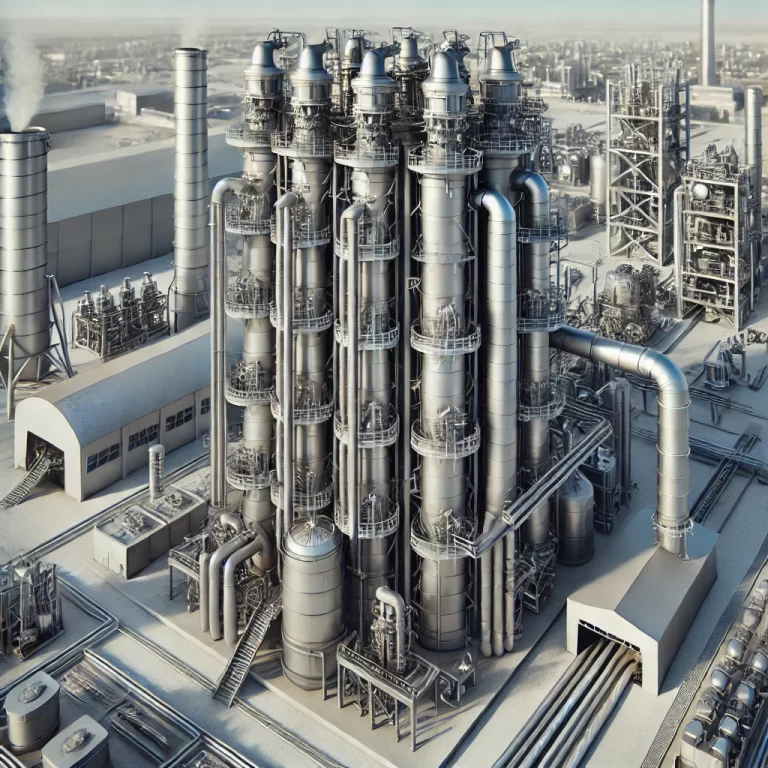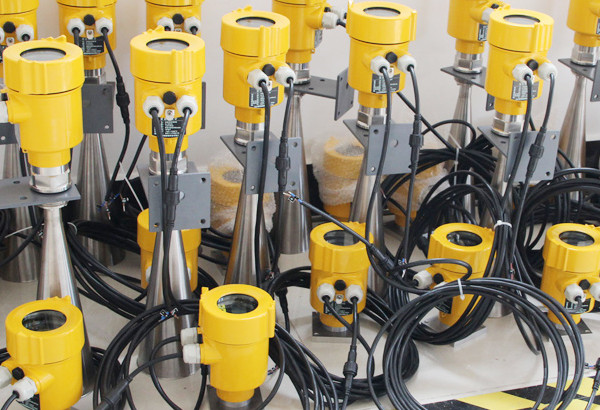In the field of industrial measurement, radar level gauges are highly favored for their non-contact measurement, high precision, and strong adaptability. However, when tasked with measurements in specific environments such as a pyrolysis tower, the reliability of their performance becomes a topic worth exploring.

Radar level gauges operate based on microwave technology, determining the material’s level position by transmitting and receiving reflected signals. This principle allows them to provide accurate measurement data under various working conditions.
However, the environment inside a pyrolysis tower is complex and variable, with high temperatures, high pressure, corrosive media, and the presence of steam imposing greater demands on the measuring instruments. Temperature is one of the key factors affecting the propagation of radar waves.
Under high-temperature conditions, the propagation speed of radar waves can change, thereby affecting measurement accuracy. Although modern radar level gauges are designed with temperature compensation mechanisms, the effectiveness of these mechanisms remains to be verified in extreme high-temperature environments, such as those inside a pyrolysis tower, where temperatures may exceed several hundred degrees Celsius.

The high-pressure environment within a pyrolysis tower also poses challenges to the propagation of radar waves. High pressure may alter the reflective properties of radar waves, weakening the echo signal and thereby affecting the stability and reliability of measurements.
Additionally, corrosive gases or liquids inside the pyrolysis tower can erode the materials of the radar level gauge, shortening the equipment’s lifespan.
Furthermore, the presence of steam can create barriers in the radar wave’s propagation path, leading to signal attenuation or distortion. While some high-frequency radar level gauges can partially overcome this issue, their performance may still be affected in environments with dense steam.
Despite these challenges, continuous technological advancements in radar level gauges offer potential for their application in pyrolysis tower measurements.
For instance, using higher frequency radar waves can improve measurement resolution and interference resistance, while specialized materials and coating technologies can enhance the device’s resistance to high temperatures and corrosion.
Moreover, optimizing the installation position and employing advanced signal processing algorithms can help mitigate the impact of environmental factors on measurement results to a certain extent.

Although radar level gauges theoretically possess the capability to measure material levels within a pyrolysis tower, several technical challenges must be overcome in practical applications.
Manufacturers need to tailor and optimize the design of radar level gauges specifically for the unique environment of a pyrolysis tower to ensure their performance under such extreme conditions.
When selecting a radar level gauge, users should thoroughly consider the specific operating conditions of the pyrolysis tower and work closely with equipment suppliers to achieve accurate and reliable measurement results.
